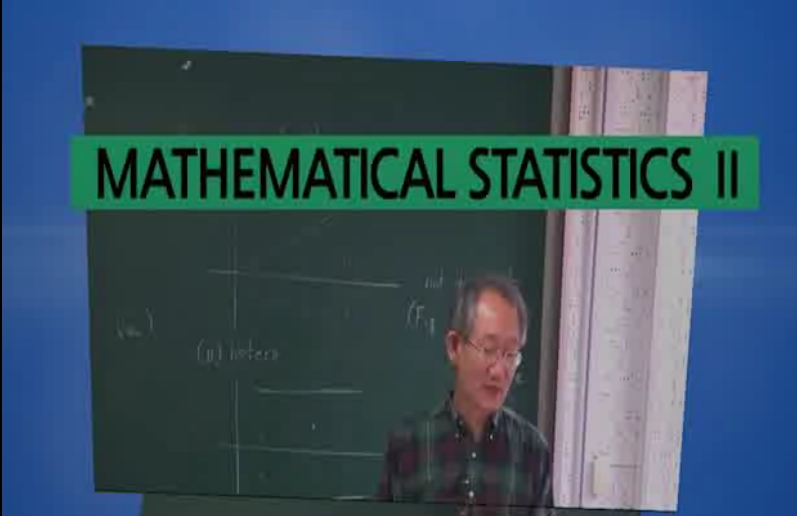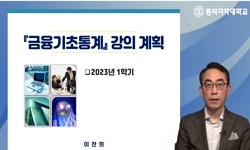목적: 본 연구의 목적은 Think-aloud 방법을 이용하여 5세 아동의 우화에서 나타나는 추론 특성을 파악하여 임상 현장에서 효율적으로 추론을 지도하기에 유용한 기초자료를 제시하는 것이다. ...
http://chineseinput.net/에서 pinyin(병음)방식으로 중국어를 변환할 수 있습니다.
변환된 중국어를 복사하여 사용하시면 됩니다.
- 中文 을 입력하시려면 zhongwen을 입력하시고 space를누르시면됩니다.
- 北京 을 입력하시려면 beijing을 입력하시고 space를 누르시면 됩니다.

Think-Aloud를 이용한 5세 아동의 우화 추론 특성 = Inference Characteristics in Fables of 5-Year-Old Children Using Think-Aloud
한글로보기https://www.riss.kr/link?id=A109175239
- 저자
- 발행기관
- 학술지명
- 권호사항
-
발행연도
2024
-
작성언어
Korean
-
주제어
Fable ; think-aloud ; inference ; 우화 ; think-aloud ; 추론
-
등재정보
KCI등재
-
자료형태
학술저널
- 발행기관 URL
-
수록면
41-57(17쪽)
- 제공처
-
0
상세조회 -
0
다운로드
부가정보
국문 초록 (Abstract)
목적: 본 연구의 목적은 Think-aloud 방법을 이용하여 5세 아동의 우화에서 나타나는 추론 특성을 파악하여 임상 현장에서 효율적으로 추론을 지도하기에 유용한 기초자료를 제시하는 것이다.
방법: 연구의 대상자는 학령전기 5세 일반아동 20명으로, 아동이 우화의 각 문장을 듣고 추론한 내용을 말하도록 하였다. 추론 및 비추론 유형별 절의 수 및 이야기 문법의 구성 요소별 추론 유형을 분석하였다.
결과: 첫째, 연상적 추론의 수와 비율 모두 설명적 추론보다 유의하게 높게 나타났다. 둘째, 비추론 유형 중 바꾸어 말하기의 수와 비율 모두 반복, ‘모르겠다’ 혹은 이야기와 무관한 코멘트 등의 기타보다 유의하게 높게 나타났다. 셋째, 비추론 유형 중 반복의 수와 총 추론절의 수 간에 음의 상관관계가 나타났다. 반복의 수가 많을 때 연상적 및 예측적 추론의 수가 적게 나타났다. 넷째, 이야기 문법의 구성요소 중 배경에서 나타난 추론절의 수가 일화에서의 수보다 적었다. 계기사건에서는 연상적 추론, 예측적 추론이 설명적 추론보다 많이 나타났다. 시도에서는 추론 유형 간에 유의한 차이가 없었다. 결과에서는 연상적 추론이 설명적 추론보다 많이 나타났다.
결론: 이러한 결과는 우화를 이용하여 추론을 지도할 때 아동들의 배경지식과 경험하였던 감정을 포함하는 연상적 추론을 먼저 계획하고, 이야기 문법 또한 고려하여야 함을 나타낸다. 또한 비추론의 유형에 따라 동기를 부여하는 등의 다양한 접근이 필요함을 시사한다.
다국어 초록 (Multilingual Abstract)
Purpose: The purpose of this study is to identify the inference characteristics that appear in fables of 5-year-old children using the think-aloud method and to present useful basic data to effectively teach inference in clinical settings. Methods: Th...
Purpose: The purpose of this study is to identify the inference characteristics that appear in fables of 5-year-old children using the think-aloud method and to present useful basic data to effectively teach inference in clinical settings.
Methods: The subjects of the study were 20 children aged 5 years old. Each child listened to each sentence of a fable and explained what they inferred. The number and ratio of clauses for each inferential and non-inferential type and the inference type for each component of story grammar were analyzed.
Results: First, both the number and proportion of associative inferences were significantly higher than those of explanatory inferences. Second, among the non-inference types, both the number and proportion of paraphrasing were significantly higher than those of repetition and others, such as ‘I don’t know’ or comments unrelated to the story. Third, there was a negative correlation between the number of repetitions and the number of total inference clauses. When the number of repetitions was high, the number of associative and predictive inferences was low. Fourth, among the components of story grammar, the number of inference clauses that appeared in the background was less than that in the anecdote. In initiating events, associative inferences and predictive inferences were more frequent than explanatory inferences. There was no significant difference between the types of inferences in the attempts. In the direct consequences, associative inferences appeared more often than explanatory inferences.
Conclusions: These results indicate that when teaching inferences using fable, associative inferences that include children's background knowledge and experienced emotions should be planned first, and story grammar should also be considered. It suggests that various approaches, such as providing motivation depending on the type of non-inference, are needed.
동일학술지(권/호) 다른 논문
-
학교 환경 언어재활사의 역할 규명: 아리스토텔레스의 ‘프로네시스’ 개념을 중심으로
- 한국언어치료학회
- 오송민
- 2024
- KCI등재
-
초등학교 1학년의 읽기이해력에 따른 언어능력 및 읽기이해력 예측 요인 연구
- 한국언어치료학회
- 정하은
- 2024
- KCI등재
-
문장의미와 감정 운율 일치 여부에 따른 좌ㆍ우반구 뇌졸중 환자의 정서적 운율 이해
- 한국언어치료학회
- 김민주
- 2024
- KCI등재
-
성인 전환기 발달장애 청소년의 동화 유형별 정서 이해력 및 정서 표현력 비교
- 한국언어치료학회
- 양지원
- 2024
- KCI등재




 DBpia
DBpia






